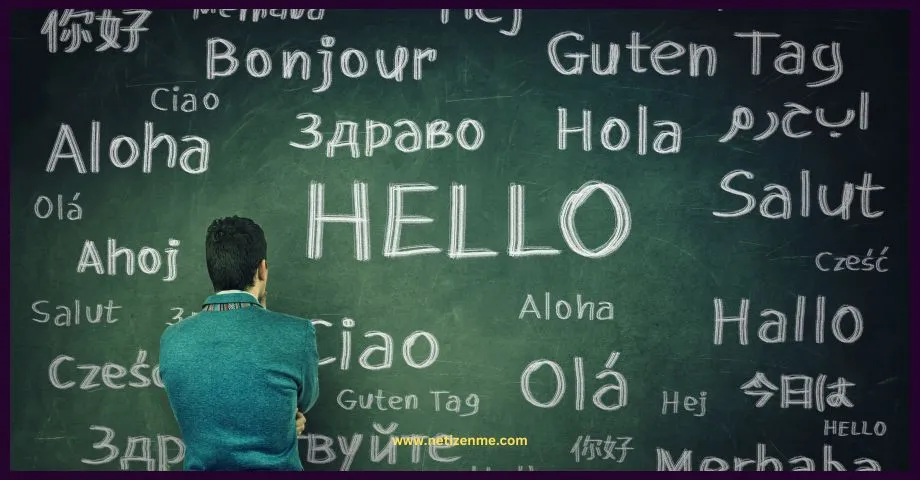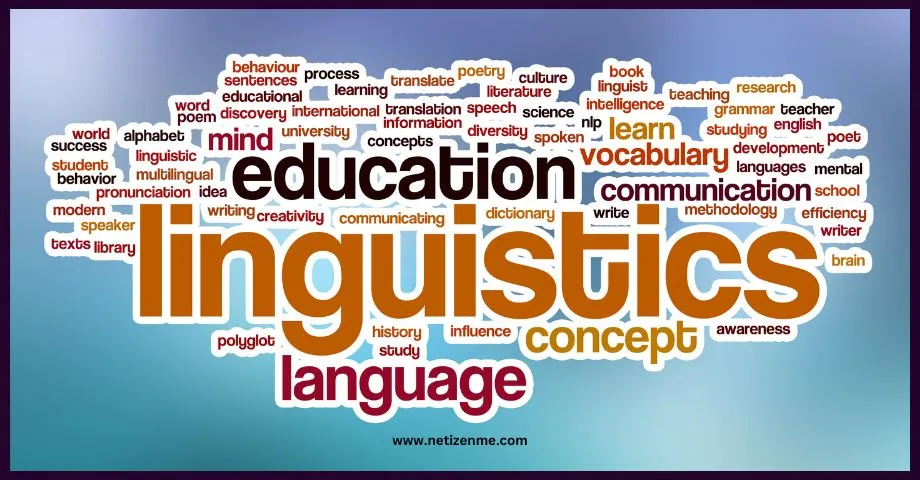Evidentiality is a fascinating linguistic feature found in specific languages that use grammatical markers to indicate the source of information being conveyed. This includes whether the speaker saw the event, heard about it from someone else, or inferred it based on other evidence. Though uncommon in most languages, evidentiality offers a unique perspective on how speakers convey information and their level of certainty.
Understanding Evidentiality
In languages that employ evidentiality, speakers use grammatical markers to express the source and reliability of the information. This can include indicating whether they directly observed an event, heard it from a reliable source, or inferred it based on circumstantial evidence. Evidentiality can vary in complexity from language to language and may encompass several markers to distinguish between various sources.
Examples of Evidentiality in Languages
Evidentiality in Turkish
Turkish is a language that uses evidentiality to indicate how information is obtained. In Turkish, speakers can use different verb forms to express whether they witnessed an event firsthand, heard about it, or deduced it based on indirect evidence. For example, the verb “gitmek” (to go) can be conjugated as “gitti” to express a firsthand account, while “gitmiş” can indicate indirect or hearsay information.
Evidentiality in Quechua
Quechua, an indigenous language spoken in South America, also uses evidential markers to indicate the source of information. The language employs suffixes to convey whether the speaker saw the event occur, heard it from someone else, or inferred it. For instance, the suffix “-mi” can indicate direct evidence, while “-shi” can imply reported or hearsay information.
Evidentiality in Other Languages
Evidentiality is not exclusive to Turkish and Quechua. Other languages, such as Tibetan, Aymara, and Bulgarian, also incorporate evidential markers in their grammar. These markers vary widely in form and function, reflecting the diversity of evidentiality across languages.
Benefits and Challenges of Evidentiality
Evidentiality provides speakers with a powerful tool for conveying the source and reliability of information. It allows for nuanced communication by specifying how the speaker knows the information. However, mastering evidentiality can be challenging for language learners, as it requires understanding the appropriate context for each marker and the subtle distinctions between them.
Evidentiality’s Impact on Thought and Communication
The use of evidentiality can influence the way speakers think and communicate. It encourages speakers to be more conscious of the source and certainty of the information they share. This can lead to more precise and transparent communication and a greater emphasis on verifying information before sharing it with others.
Conclusion
Evidentiality in Languages is a captivating linguistic feature that provides insight into the diverse ways languages can express the source and reliability of information. By examining languages like Turkish and Quechua, we understand how evidentiality functions and its impact on communication. Though challenging to master, evidentiality enriches the linguistic landscape and enhances the precision of human expression.
This article is written by:
Chenayah enjoys exploring and writing about her passions, including languages and travel. She leverages her diverse educational background in Business, Psychology, and Linguistics to enrich her writing endeavors.



